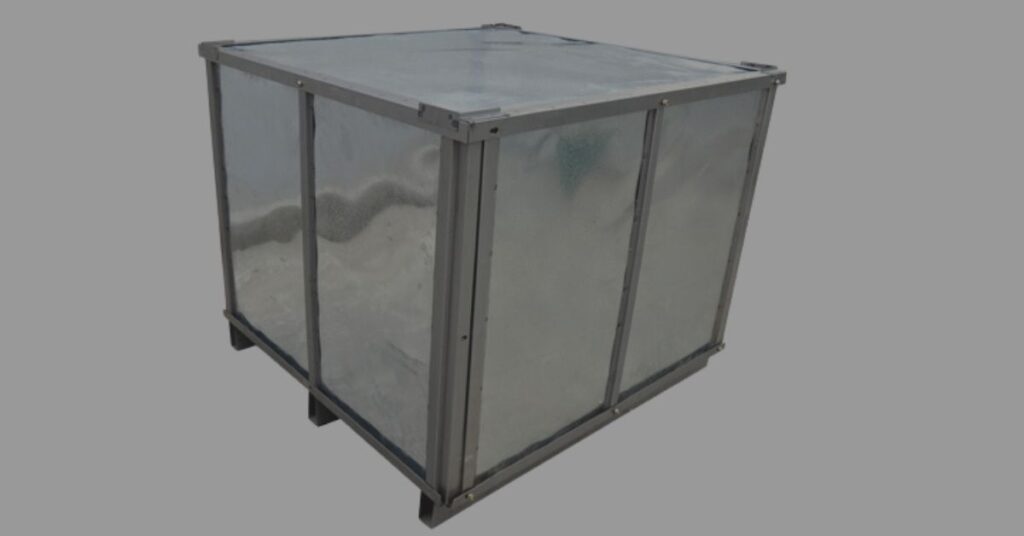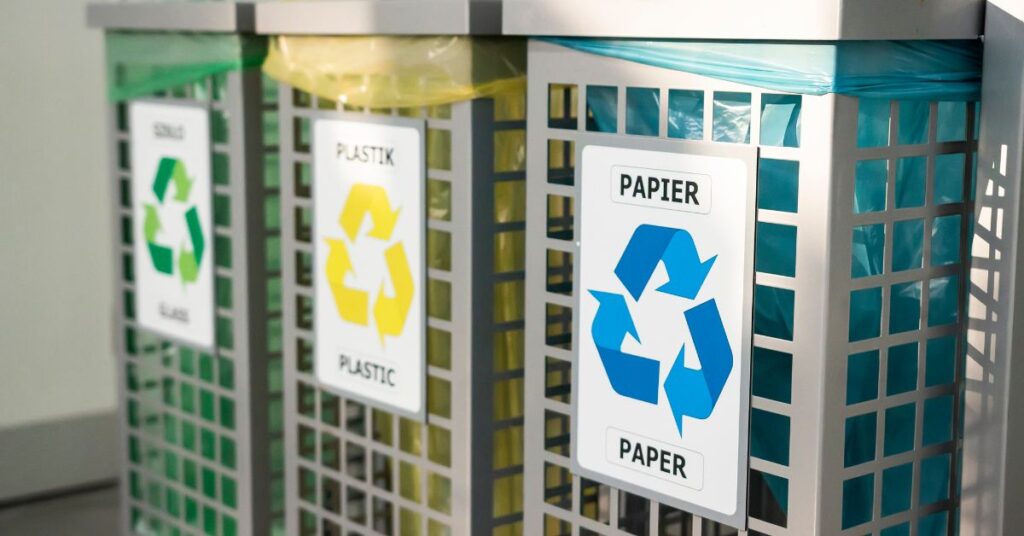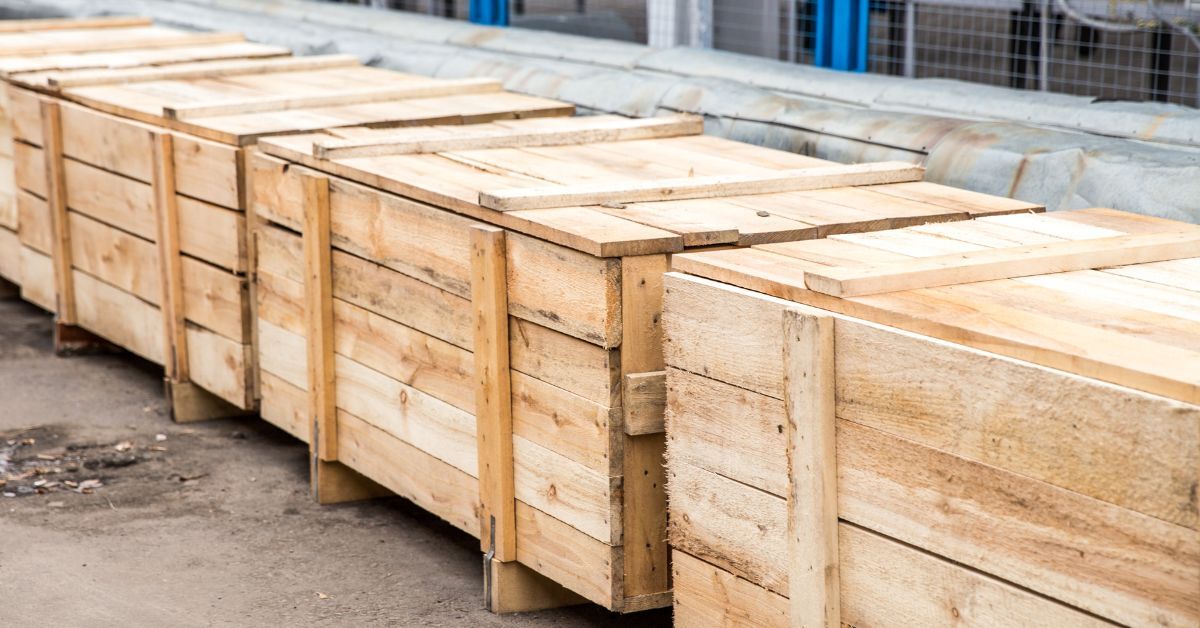The Rise of Steel Packaging

Steel packaging has gained immense popularity in recent years, thanks to its numerous advantages. Unlike other packaging materials, steel is highly durable and can withstand harsh conditions during transportation and storage. Its strength ensures that the products inside remain safe and protected. Furthermore, steel packaging is reusable, making it an environmentally friendly choice that reduces waste generation.
As the need for effective waste management solutions continues to grow, steel packaging has emerged as a reliable option. Its versatility allows it to be used in various industries, from food and beverages to pharmaceuticals and chemicals. By implementing steel packaging, companies can address their waste management challenges while also reducing their environmental footprint.
Low Radioactive Steel: Ensuring Safety
When it comes to packaging materials, safety is paramount. Low radioactive steel plays a crucial role in ensuring the safety of both the packaged goods and the individuals handling them. Low radioactive steel refers to steel that contains minimal levels of radioactivity, making it safe for use in various applications, including packaging.
By using low radioactive steel in packaging, companies can mitigate the risks associated with radioactive materials. Whether it’s nuclear waste or other hazardous substances, the use of low radioactive steel provides a secure containment solution, minimizing the potential harm to the environment and human health.
Disposal of Waste: A Growing Concern

The proper disposal of waste is a growing concern across industries. Improper waste management not only poses environmental risks but also impacts the overall sustainability of businesses. It is critical to implement waste management strategies that both protect the environment and foster sustainability in the long run.
Steel packaging offers a viable solution to the challenge of waste disposal. With its durability and reusability, steel packaging reduces the need for single-use materials, thereby decreasing waste generation. Additionally, steel is highly recyclable, allowing for the creation of a closed-loop system where steel packaging can be continuously recycled and reused, further reducing waste.
Steel Packaging: The Solution
Steel packaging presents itself as a comprehensive solution to the waste management problem. Its inherent properties make it an ideal choice for industries seeking efficient and sustainable packaging options. The durability and strength of steel ensure that products are protected throughout their journey, minimizing the risk of damage and waste.
Moreover, steel packaging is highly versatile and can be customized to meet specific requirements. Steel may be shaped into cans, drums, and containers, all of which are useful for storing and carrying a wide range of goods.
Cost-Effectiveness of Steel Packaging
Cost-effectiveness is a crucial factor for businesses when considering waste management solutions. Steel packaging offers significant cost advantages over other materials. Although the initial investment in steel packaging may be higher, the long-term savings outweigh the upfront costs.
The durability and reusability of steel packaging reduce the need for frequent replacements, resulting in lower packaging expenses in the long run. Additionally, the recyclability of steel ensures that the material can be recovered and used again, further minimizing costs and promoting sustainability.
High-Quality Steel Packaging: Ensuring Efficiency
To maximize the benefits of steel packaging, it is essential to focus on high-quality steel materials. High-quality steel packaging ensures the efficiency of waste management systems. It guarantees proper containment and protection of goods, reducing the risk of damage and waste.
By investing in high-quality steel packaging, businesses can enhance their waste management processes, streamline operations, and reduce losses. Properly contained products also result in improved customer satisfaction, as they receive goods in optimal condition, free from any damage caused by inadequate packaging.
Steel Packaging in Various Industries
Steel packaging finds applications in a wide range of industries, offering tailored solutions to specific needs. In the food and beverage industry, steel cans are commonly used to preserve the freshness and quality of products. Steel’s ability to withstand temperature fluctuations and resist corrosion makes it an ideal choice for food packaging.
Similarly, in the pharmaceutical and chemical industries, where product integrity is critical, steel packaging provides a reliable solution. The robust nature of steel ensures that sensitive drugs and chemicals are protected from external factors, maintaining their efficacy and safety.
Innovations in Steel Packaging
To keep up with the needs of businesses and the environment, the steel packaging industry is always developing new products and methods. Innovations in steel packaging technology have led to improved sustainability and efficiency. From lightweight steel packaging solutions to advanced recycling processes, the industry is making significant strides in reducing its environmental impact.
Furthermore, sustainable initiatives within the steel industry, such as using renewable energy sources and implementing waste reduction strategies, contribute to the overall sustainability of steel packaging. These advancements pave the way for a greener future where steel remains a preferred choice for waste management.
Implementing Steel Packaging Strategies

Integrating steel packaging into waste management systems requires careful planning and execution. Businesses should consider several factors to ensure successful implementation. These factors include evaluating packaging requirements, assessing the compatibility of steel packaging with the products, and collaborating with reliable suppliers.
Moreover, educating employees about the benefits and proper handling of steel packaging is crucial. Training programs can raise awareness about waste management practices, including recycling and reusing steel packaging, fostering a culture of sustainability within the organization.
The Future of Steel Packaging
The future of steel packaging looks promising as the industry continues to innovate and adapt to changing needs. Technological advancements, coupled with sustainable practices, will shape the way steel packaging is utilized for waste management. Efforts to improve recyclability, reduce carbon emissions, and enhance overall efficiency will contribute to a more sustainable and cost-effective waste management system.
Steel packaging is a cost-effective waste management solution that offers numerous benefits. From its role in ensuring safety through low radioactive steel to minimizing waste generation and reducing costs, steel packaging is a versatile option for businesses across industries. By embracing steel packaging and implementing effective strategies, companies can make significant strides in waste management while contributing to a greener and more sustainable future.




